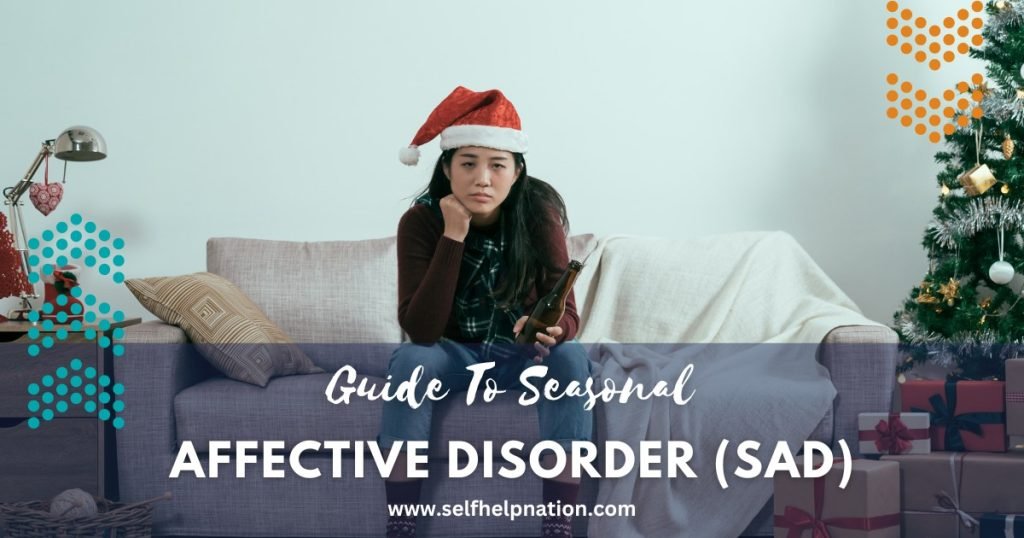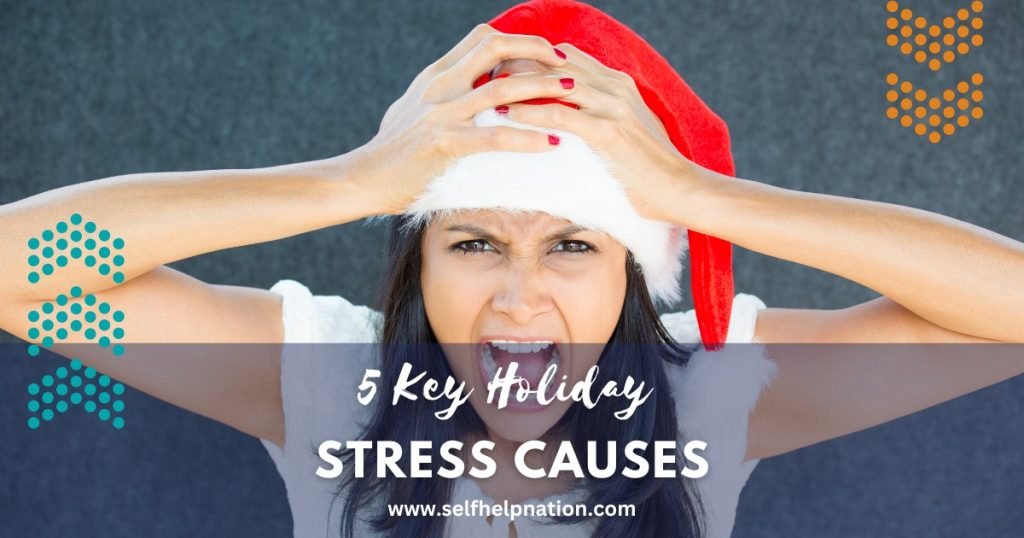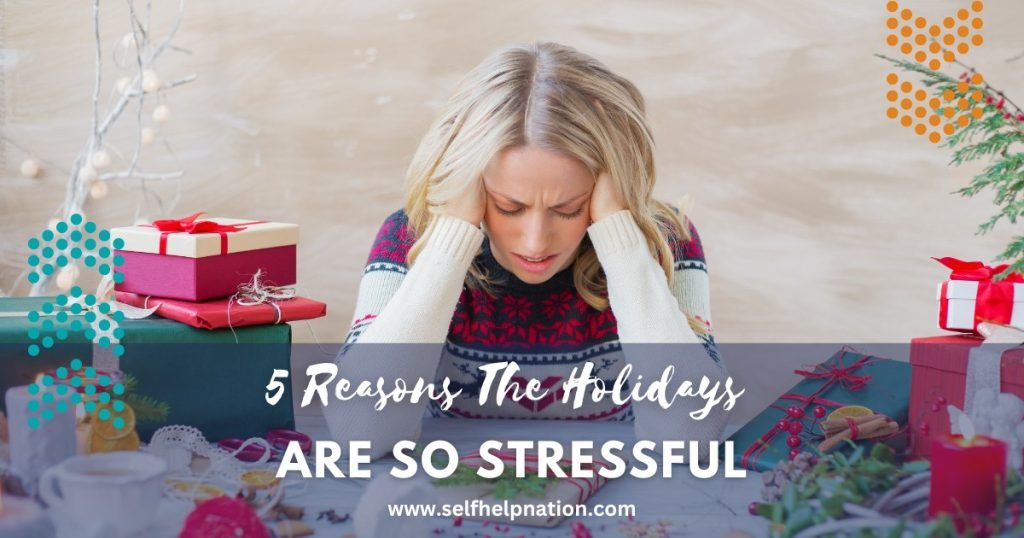Seasonal depression, also known as Seasonal Affective Disorder (SAD), occurs during specific seasons and may cause changes in mood, energy level, and behavior. Seasonal Affective Disorder, or SAD, is one of the most common forms of depression in the U.S.
This article describes the symptoms of seasonal depression and provides coping strategies to help improve your quality of life and cope with this condition.
What Is Seasonal Affective Disorder (SAD)
According To Mayo Clinic, “Seasonal affective disorder (SAD) is a type of depression that’s related to changes in seasons — SAD begins and ends at about the same times every year. If you’re like most people with SAD, your symptoms start in the fall and continue into the winter months, sapping your energy and making you feel moody. These symptoms often resolve during the spring and summer months. Less often, SAD causes depression in the spring or early summer and resolves during the fall or winter months.”
According to The National Institute Of Health, Seasonal Affective Disorder (SAD) is a form of depression triggered by changing seasons. SAD is often seen in the winter when days are shorter and temperatures are colder, but it can occur in any season. The change in seasons may cause a person to feel tired, irritable, and sad. There are many ways to cope with seasonal affective disorder (SAD).
According to Johns Hopkins Medicine, “SAD usually starts during adulthood. The risk of SAD increases with age. It’s rare in people under age 20. Women are affected more often than men.”
SAD is not just a feeling down; rather, it causes people to be hindered in their ability to function. For example, those with SAD may have daily problems concentrating, socializing, or functioning. It can even cause people to consider suicide if they do not seek help from their doctor or therapist.
What Causes Seasonal Affective Disorder (SAD)?
According to Johns Hopkins Medicine, “There is no clear cause of SAD. Less sunlight and shorter days are thought to be linked to a chemical change in the brain and may be part of the cause of seasonal affective disorder (SAD). Melatonin, a sleep-related hormone, also may be linked to SAD.”
First, Know The Symptoms
It’s that time of year again. The time when we have to deal with the cold, the rain, and all things winter. It’s a tough time for those who suffer from seasonal depression.
These symptoms can be debilitating to those who are not managing them properly. To figure out if you have seasonal depression, it’s important first to identify the signs of it.
Fall And Winter SAD Symptoms
The Mayo Clinic says, “symptoms specific to winter-onset SAD, sometimes called winter depression, may include:”
- Feeling down or irritable.
- Having trouble concentrating or remembering things.
- Sleeping more than usual.
- Eating more or less than usual.
- Feelings of sadness or hopelessness.
- Being restless.
- Having low energy.
The Best Treatment Options
According to the Mayo Clinic, “some people find it helpful to begin treatment before symptoms would normally start in the fall or winter, and then continue treatment past the time symptoms would normally go away. Other people need continuous treatment to prevent symptoms from returning.”
According to Johns Hopkins Medicine, treatments vary depending on the individual but do include:
- Exposure to sunlight
- Light therapy
- Psychotherapy – Cognitive behavioral therapy is a form of psychotherapy that looks at patterns in your life and helps you identify things that trigger negative moods.
- Antidepressants
Some things you can do to try and feel better.
- First, try starting by getting some exercise daily; this releases endorphin which help relieve stress and anxiety.
- Be with other people, avoid being alone
- Do things you enjoy and that make you feel good, movies, hobbies, reading, etc.
- Avoid drugs and alcohol as both can worsen depression
- Make sure you get enough sleep each night
- Eat a well-balanced diet with regular meals at regular intervals.
- Finally, if none of those tips work, speak with a doctor about medication options or psychotherapy – both treatments are effective in treating seasonal depression.
- One of the best ways to combat SAD is to get as much natural light as possible. One way to do this is by incorporating natural light into your everyday routine. For example, if you normally take the bus in the mornings, try getting off one stop early and walking the rest of the way.Or, if you prefer taking a cab or Lyft, ask your driver to take the scenic route on the way home. These small changes can make a big difference in how you feel throughout the day and help you fight winter blues!
While many find that exposure to sunlight helps with their moods during these months, others find that it only seems to worsen their symptoms. Keep an eye out for worsening symptoms if you have trouble with SAD yourself; consult with your doctor or another mental health professional if they become severe enough that they are starting to impact your life outside work negatively.
You’re Not Alone
It’s normal to feel blue this time of year, but if you’re feeling worse than usual, it may be a sign that you’re suffering from seasonal depression.
Symptoms can range from feelings of hopelessness or despair to insomnia or oversleeping, low energy, and even suicidal thoughts. You are not alone! The sooner you seek help for this type of depression, the better.
PS: Don’t forget to share this with someone that could benefit from this article

Create a FREE Account
Our members get FREE Access to our new course: Managing Holiday Stress For A Peaceful Season. Create a FREE account to get instant access. Let’s make this christmas the most wonderful time of the year.





